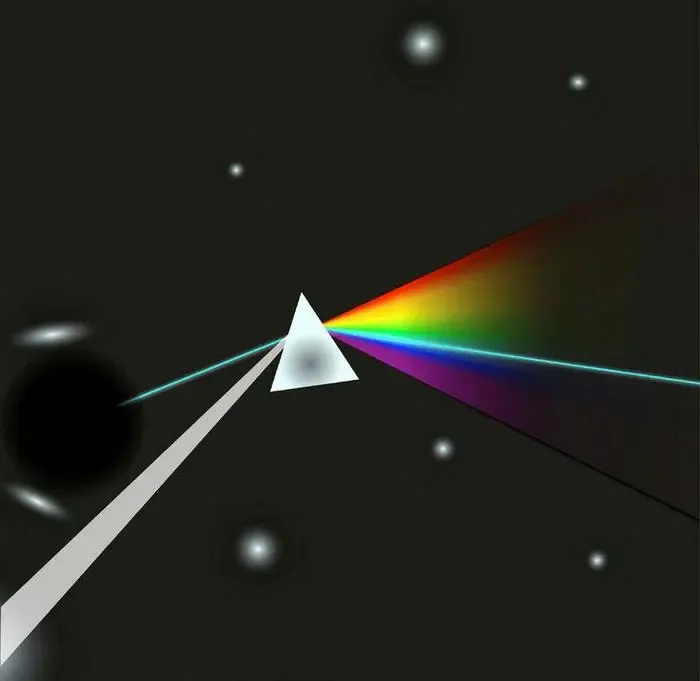Significant Progress Made in Dark Matter Research

Synopsis
Key Takeaways
- Advancements in dark matter research.
- Observations conducted using the Magellan Clay Telescope.
- Focus on the infrared spectrum for dark matter studies.
- New limits on the lifetime of axionlike particles.
- Innovative techniques to filter out background noise.
Tokyo, March 2 (NationPress) A group of researchers has achieved notable progress in the quest for dark matter, utilizing advanced spectrographic technology alongside the Magellan Clay Telescope to observe galaxies.
The team, spearheaded by Associate Professor Wen Yin from Tokyo Metropolitan University, employed an innovative spectrographic method to analyze light emitted from two galaxies, Leo V and Tucana II.
Utilizing the 6.5-meter-wide Magellan Clay Telescope located in Chile, they meticulously gathered light that reached Earth, with a focus on the infrared spectrum.
In just four hours of observation, accurate measurements in the infrared range have established new constraints on the lifespan of dark matter.
These findings, which have been published in the journal Physical Review Letters, underscore the significant applicability of their technology and broaden the investigation into less examined regions of the spectrum.
Throughout the last century, cosmologists have faced an apparent discrepancy in their observations of the universe.
Now, scientists are starting to employ a fusion of theoretical models and cutting-edge observations to define the characteristics that dark matter might possess.
The research team concentrated on a potential dark matter candidate known as the axionlike particle (ALP), examining its decay process and the emission of light it generates. Leading theoretical frameworks suggest that the near-infrared spectrum is an exceptionally promising area for investigation.
However, the infrared spectrum presents challenges due to the multitude of noise and interference from various sources.
To mitigate this, they previously proposed a novel technique that exploits the fact that background radiation typically encompasses a wider variety of wavelengths, while light from a specific decay process is more concentrated in a narrower range.
Similar to how light dispersing through a prism becomes dimmer as different colors are spread thinner, decay events confined to a narrow range become sharper.
Thanks to the precision afforded by the team’s technology, they managed to account for all detected light in the near-infrared spectrum with substantial statistical accuracy.
“The absence of detected decay events was utilized to establish upper limits on the occurrence of these decay processes, leading to a lower limit on the lifespan of ALP particles. Their new lower limit in seconds is 10 with 25 to 26 zeros after it, equating to ten to a hundred million times the age of the universe,” the authors stated.









